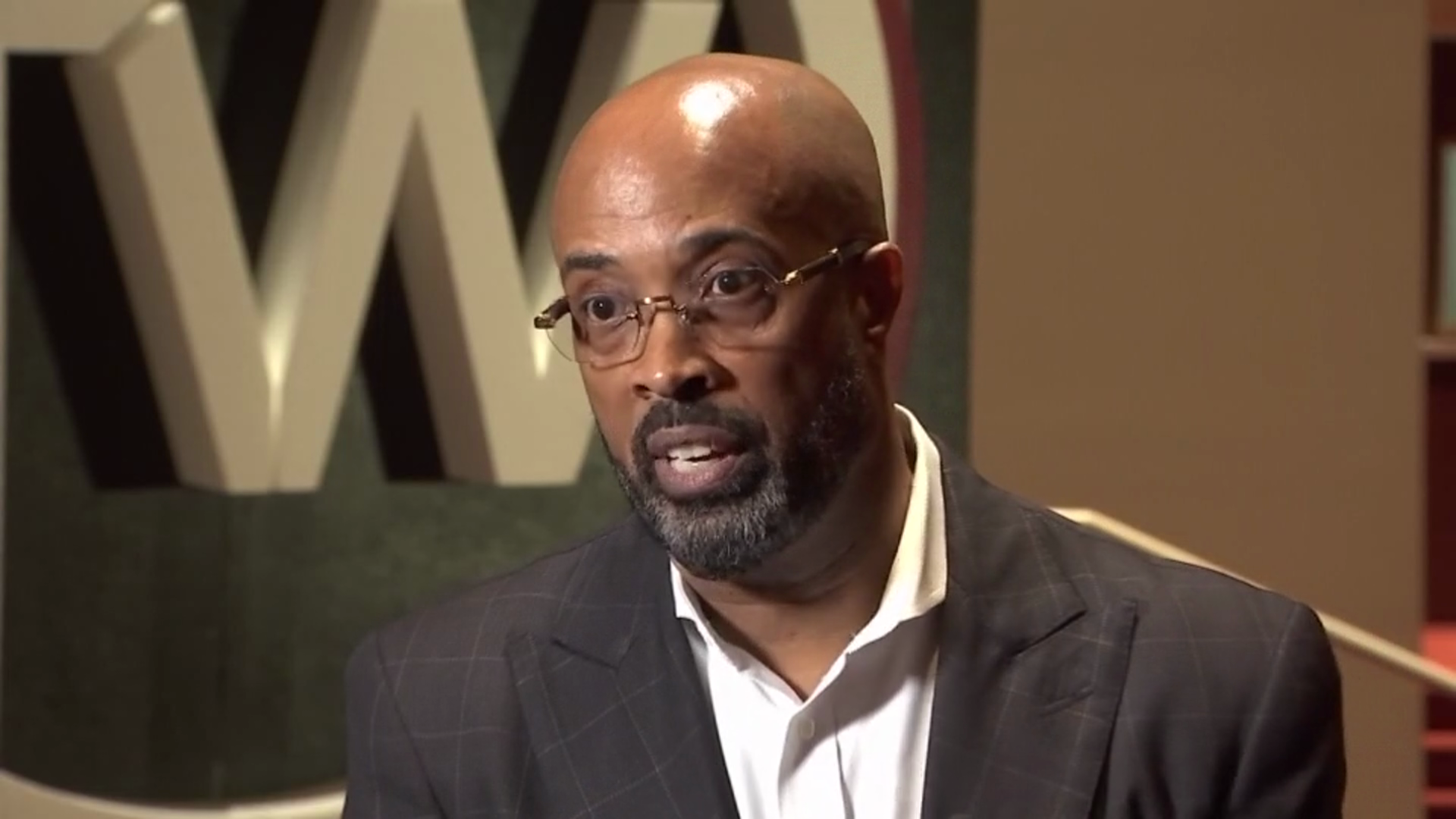The oil and gas boom and millions of new consumers have propelled revenue growth in Texas to nearly twice the national average. Yet, a new report from Standard & Poor's shows income inequality is putting a brake on the pace of expansion.
"Even for Texas, the growth rate is almost unsustainable," Pia Orrenius, a vice president and senior economist at the Dallas Federal Reserve, told The Associated Press. "This incredible growth has brought lots of people to the state, and the demand for services is growing so fast. At some point, the state is going to have to deal with the income inequality issue."
Even while wages and employment in Texas grow faster than the national average, with six-figure wages from the oil and gas sector lifting up the general economy, the state has a much higher percentage of low-paid, low-skilled immigrants and higher share of workers earning the minimum wage than the average state, Orrenius says. The budget in Texas, the second-largest state by gross domestic product, is already stretched by rapidly increasing health care and education costs, the Dallas Fed says in a third-quarter 2014 report.
According to 2012 U.S. Census data, the lowest 20 percent earn an average $11,296 per year in Texas, while the top 5 percent earn $317,661. Texas ranked eighth in the country in wealth gap in a February report by the Economic Analysis and Research Network of state and regional organizations, where it showed that in 2011, the top 1 percent in Texas earned 26.3 times more than the bottom 99 percent.
The Standard & Poor's report being released Monday suggests that the gains flowing to the top 1 percent around the U.S. come at a broader cost to society. Not only does rising inequality appear to stunt overall economic growth, but S&P links it to a slowdown in average yearly gains in state tax revenues.
Most economic activity comes from consumer spending, but consumers have become increasingly reluctant to spend as median incomes have barely increased over three decades and remain lower than they were in 2007 when the Great Recession began. Median household incomes, adjusted for inflation, were $54,045 in July, about 4.6 percent lower than in late 2007.
By contrast, the top 1 percent of earners have prospered for more than 30 years. Adjusted for inflation, their average incomes have nearly tripled to $1.26 million since 1979, according to the IRS.
Local
The latest news from around North Texas.
But S&P notes that the affluent tend to save a greater share of their income and spend it on untaxed services, meaning that states are unlikely to see much of an increase in sales tax collections based on the gains among this group.
With no state or corporate income tax, Texas relies on sales and franchise tax, equal to 1 percent of a company's profit margins, and a specific tax for oil and gas based on market value.
Booming oil and natural gas production from shale plays across the state are contributing nearly a third of all jobs in Texas and an outsize share of the state's income, according to Waco, Texas-based economist Ray Perryman.
"Oil and gas is a dominant cause of Texas revenue growth," he said in an email.
The state's third-largest source of revenue is production and severance tax, which falls solely on the oil and gas sector. In three years, its share has nearly doubled from 4.9 percent of state revenues in 2010 to 9.4 percent in 2013.
Texas' rapid growth has created thousands of jobs but also put a drain on the state in transportation, health care and education -- where Texas allocates most of its budget.
With the pace of revenue growth slowing, Texas lawmakers, who amend the budget produced by the Texas Comptroller of Public Accounts during the biannual Legislature, may eventually need to cut spending even as they face growing pressures to expand state services, based on the conclusions of the S&P report.
Texas has the largest share of uninsured residents in the country and has opted out of Affordable Care Act funding for Medicaid. The state also has some of the lowest spending per K-12 student in the nation.



